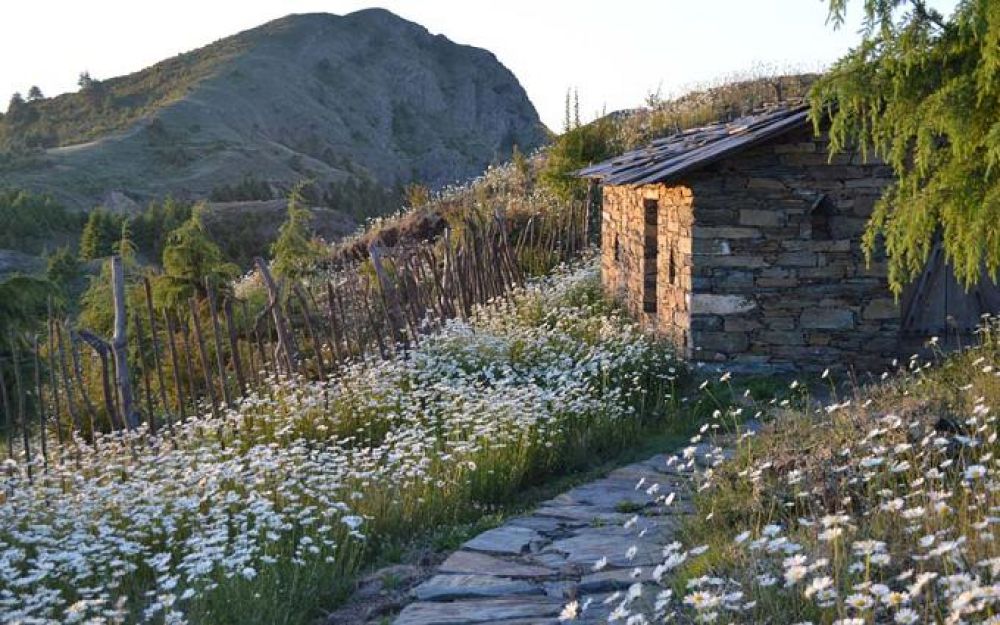

Nestled in the tranquil town of Chakrata in Uttarakhand, India, the Ram Tal Horticultural Garden is a hidden gem that has been charming visitors with its natural splendor. Chakrata, once a cantonment town established by the British colonialists, has been a sought-after destination for nature lovers and solitude seekers. Over the years, tourism in Chakrata has evolved, with an emphasis on eco-tourism and conservation of its pristine environments.
The history of tourism in Chakrata and its horticultural garden is relatively recent when compared to other historical sites of India. Ram Tal Horticultural Garden was established to promote flora conservation and to provide an idyllic retreat for tourists away from the crowded city life. Dating back a few decades, tourism here took a gradual pace, with visitors mainly being trekking enthusiasts, bird watchers, and nature aficionados.
The Ram Tal Horticultural Garden itself is an embodiment of conservation and botanical diversity. Home to a variety of native and exotic plants, the garden also boasts of apple orchards and a picturesque pond that adds to the site's scenic beauty. The attraction has played a significant role in educating visitors about the importance of plant conservation and the need for maintaining ecological balance.
Over the years, the garden has observed a steady increase in visitors, especially with the growing trend of ecotourism. The serenity offered by Ram Tal Garden, combined with the stunning panoramic views of the surrounding mountains, has made it a beloved spot for picnics, bird watching, and simply unwinding amidst nature.
Recently, the tourism trend in Chakrata has moved towards sustainable practices, with local authorities and tour operators endeavoring to minimize the ecological footprint of visitors. The latest trend includes promoting homestays that offer an authentic experience of local culture while ensuring that tourism benefits the indigenous communities.
Visitors to the garden can engage in a variety of activities, such as taking leisurely walks through the garden trails, capturing the diversity of flora and avifauna through photography, or sitting by the tranquil pond to meditate or paint. The garden's diverse ecosystem is home to more than 58 species of birds, making it a paradise for bird watchers.
When planning a visit to Ram Tal Horticultural Garden, tourists can choose to travel during the months of March to June or September to November. These periods offer the best weather to enjoy all that the garden has to offer. Additionally, Chakrata's low tourist footfall compared to mainstream destinations provides a rather peaceful holiday experience.
In conclusion, Ram Tal Horticultural Garden represents the essence of Chakrata's tourism – a blend of tranquility, natural beauty, and sustainability. While the history of tourism here may not be as ancient as other Indian locales, its commitment to ecological preservation makes it a noteworthy destination for future generations.
Accessible from major cities like Dehradun and Mussoorie, Chakrata is well-connected by road to Ram Tal Horticultural Garden. Visitors are encouraged to hire local taxis or drive their own vehicles to explore the region's beauty at their own pace.
In embracing the latest tourism trends, Ram Tal Horticultural Garden proves to be a beacon for responsible and immersive travel experiences, setting an example for other attractions in the region and beyond.